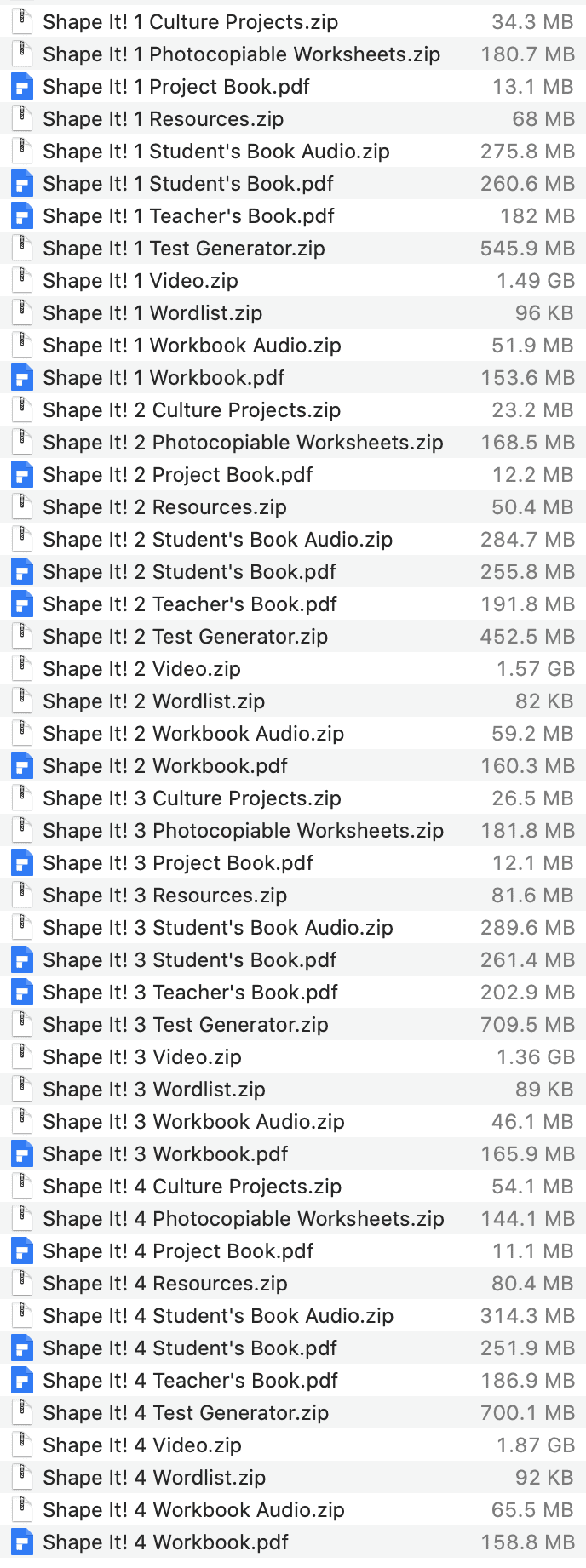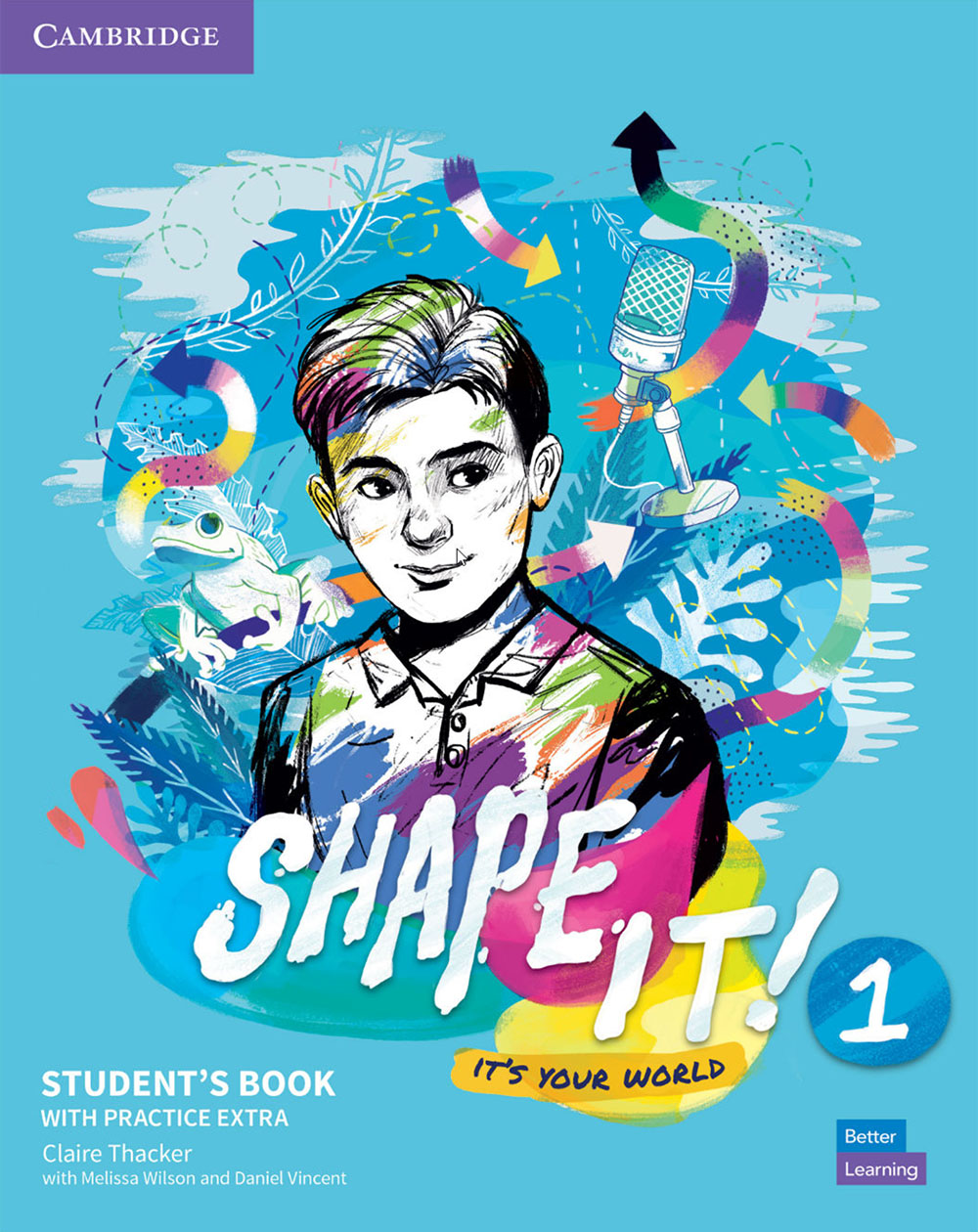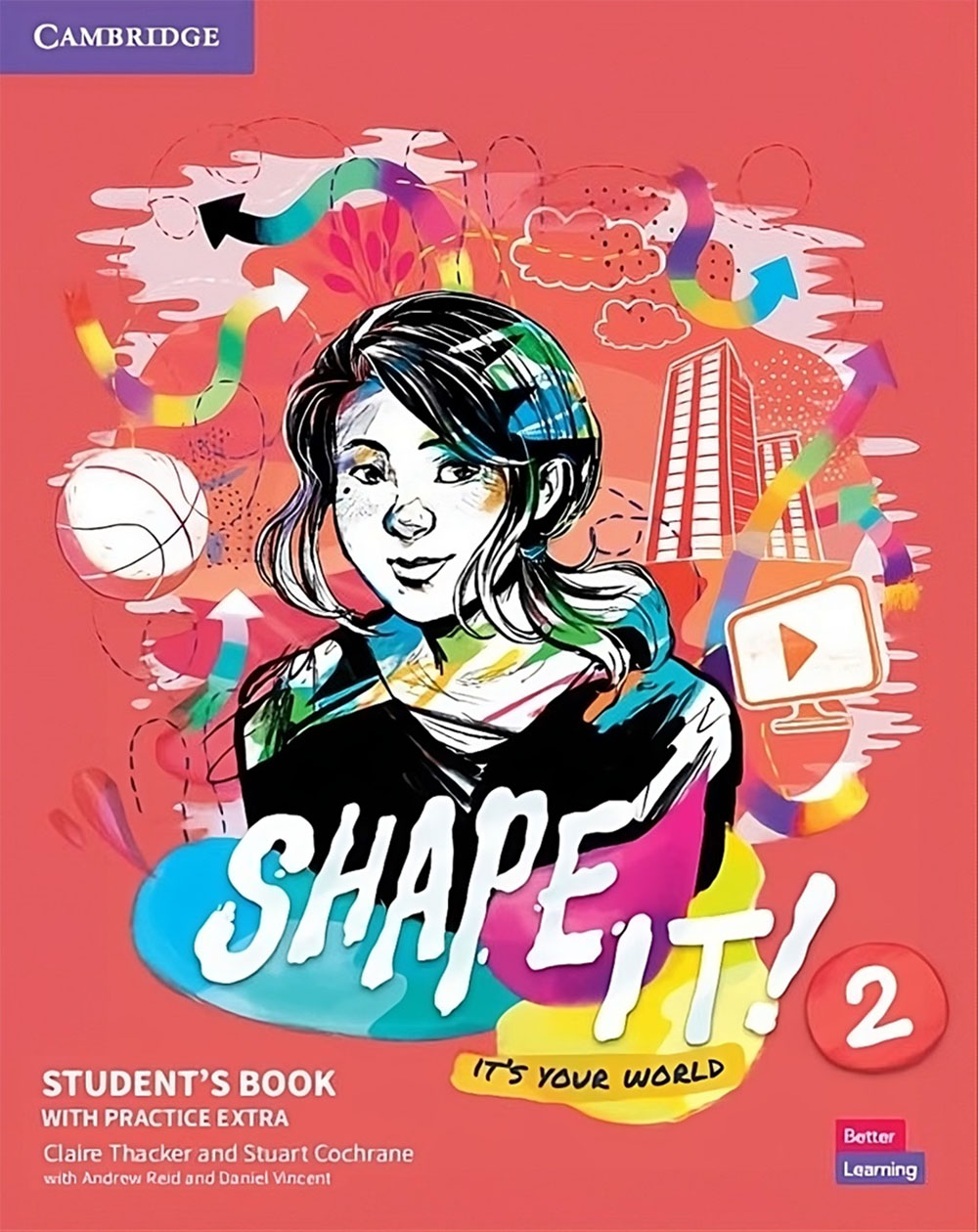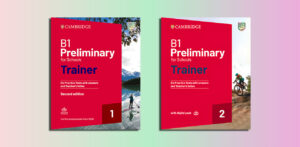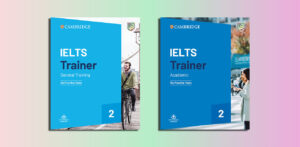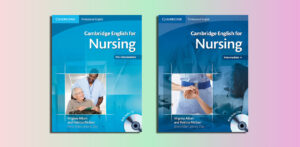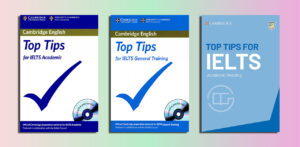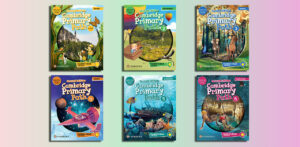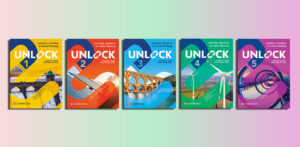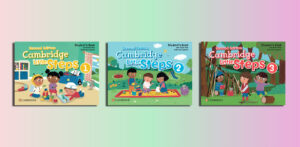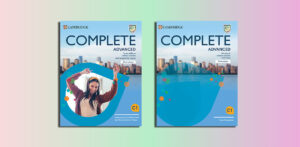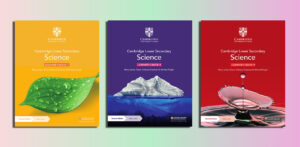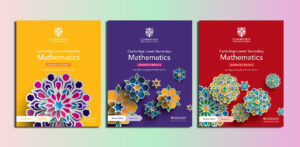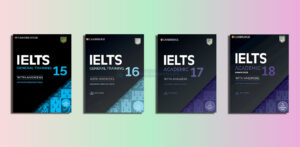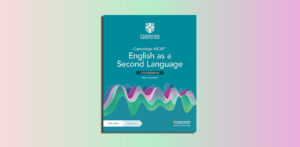Cambridge, Download, Presentation
Download Cambridge Shape It! Pdf Presentation Plus (A1+ / B1+)
Shape It! (PDFs, Resources)
Level 1
Shape It! 1 Culture Projects.zip
Shape It! 1 Photocopiable Worksheets.zip
Shape It! 1 Project Book.pdf – Sample: Click
Shape It! 1 Resources.zip
Shape It! 1 Student’s Book Audio.zip
Shape It! 1 Student’s Book.pdf – Sample: Click
Shape It! 1 Teacher’s Book.pdf – Sample: Click
Shape It! 1 Test Generator.zip
Shape It! 1 Video.zip
Shape It! 1 Wordlist.zip
Shape It! 1 Workbook Audio.zip
Shape It! 1 Workbook.pdf – Sample: Click
Level 2
Shape It! 2 Culture Projects.zip
Shape It! 2 Photocopiable Worksheets.zip
Shape It! 2 Project Book.pdf – Sample: Click
Shape It! 2 Resources.zip
Shape It! 2 Student’s Book Audio.zip
Shape It! 2 Student’s Book.pdf – Sample: Click
Shape It! 2 Teacher’s Book.pdf – Sample: Click
Shape It! 2 Test Generator.zip
Shape It! 2 Video.zip
Shape It! 2 Wordlist.zip
Shape It! 2 Workbook Audio.zip
Shape It! 2 Workbook.pdf – Sample: Click
Level 3
Shape It! 3 Culture Projects.zip
Shape It! 3 Photocopiable Worksheets.zip
Shape It! 3 Project Book.pdf – Sample: Click
Shape It! 3 Resources.zip
Shape It! 3 Student’s Book Audio.zip
Shape It! 3 Student’s Book.pdf – Sample: Click
Shape It! 3 Teacher’s Book.pdf – Sample: Click
Shape It! 3 Test Generator.zip
Shape It! 3 Video.zip
Shape It! 3 Wordlist.zip
Shape It! 3 Workbook Audio.zip
Shape It! 3 Workbook.pdf – Sample: Click
Level 4
Shape It! 4 Culture Projects.zip
Shape It! 4 Photocopiable Worksheets.zip
Shape It! 4 Project Book.pdf – Sample: Click
Shape It! 4 Resources.zip
Shape It! 4 Student’s Book Audio.zip
Shape It! 4 Student’s Book.pdf – Sample: Click
Shape It! 4 Teacher’s Book.pdf – Sample: Click
Shape It! 4 Test Generator.zip
Shape It! 4 Video.zip
Shape It! 4 Wordlist.zip
Shape It! 4 Workbook Audio.zip
Shape It! 4 Workbook.pdf – Sample: Click
Overview of the “Shape It” by Cambridge
Contents
| ✅ Coursebook: | Shape It! It’s Your World |
| ✅ Authors: | Claire Thacker, Stuart Cochrane, Samantha Lewis, Daniel Vincent |
| ✅ Publisher: | Cambridge University Press |
| ✅ Levels: | A1+, A2, B1+ |
| ✅ English type: | American English |
| ✅ For: | Secondary, High School |
| ✅ Publication year: | 2020 |
What is it?
Shape It! is an English as a Second/Foreign Language (ESL/EFL) course series for teenagers (upper-secondary level) that emphasises learner autonomy, competency development, real-world topics and digital support.
It is designed to help students “develop the confidence and competencies they need to pave their own path in an ever-evolving global landscape.”
It supports a multi-component format: student’s book, workbook, teacher’s book, digital pack, project book etc.
Key Features & Structure
- Global Topics & Relevant Themes: Each unit tackles meaningful themes (e.g., self-expression, technology, careers) to engage teen learners.
- Grammar + Vocabulary + Skills Integration: Units typically include vocabulary input, grammar focus, reading, listening, speaking, writing tasks.
- Project-Based / CLIL / Learner Training: The series emphasises learner training (learning to learn), project work and CLIL (content & language integrated learning) to build competencies beyond just language.
- Digital Support: There is a digital resource pack, possibly videos, online assignments via the Cambridge One platform, which helps make the series interactive and blended-learning friendly.
- Spiral Structure: Grammar/skills reappear at higher levels, allowing reinforcement and progression.
- Self-assessment & Learner Autonomy: Each chapter has review pages and self-assessment to help students reflect on their progress.
Strengths
- Engaging for teens: The themes and project work help maintain interest.
- Supports autonomy: Learner-training sections encourage students to take charge of their learning.
- Good integration of digital resources: Enhances what happens in class and supports homework/practice.
- Balanced skills coverage: Addresses reading, writing, listening, speaking, grammar and vocabulary in each unit.
Shape It! It’s Your World Level 1 Student’s Book
Who is suitable for “Shape It! It’s Your World”?
Learners at upper‐secondary / high school level (teenagers) and even adaptable for college level.
Learners whose English is around the CEFR levels A1+ to B1+ (so “advanced beginners” up toward intermediate) as part of the series.
Classes where the teacher wants to emphasise:
- Global themes / cultural awareness and cross‐cultural topics.
- Learner autonomy / “learning to learn” features and project work.
- Skills in all four domains: listening, speaking, reading, writing.
Schools or teachers who are comfortable using a blended/digital component (student book + workbook + digital activation + online platform) since the materials include digital resource packs.
Shape It! It’s Your World Level 2 Student’s Book
The benefits of “Shape It! It’s Your World”
Global / relevant themes
- The series uses vibrant, real-world themes (“It’s Your World”) which appeal to teens and help connect language learning to life, culture and global issues.
- This means learners get input that isn’t just dry grammar – they read/listen to texts about things beyond the textbook.
Competency & learner-autonomy focus
- The materials emphasise “learning how to learn” through learner-training sections (self-assessment, reflection) and projects.
- They also build what Cambridge calls life competencies: creative thinking, critical thinking, communication, collaboration, social responsibility.
- This helps students not just use English, but become more independent and self-aware learners.
Skills integration & balanced approach
- The series covers the four main macro-skills (reading, writing, listening, speaking) plus vocabulary and grammar in each unit.
- The structure is consistent and transparent: introduction → vocabulary/grammar → reading/listening → speaking/writing → review/self-assessment.
- This helps teachers plan, and students know what to expect.
Spiral structure – revisiting & building
- Key grammar and language features are introduced and then revisited in higher levels, allowing reinforcement and gradual progression.
- This reduces the risk of “teach once and forget” and supports long-term retention.
Digital/online resources & blended learning
- The series offers a digital resource pack, videos, online activities via the Cambridge One platform.
- This supports homework, self-study, flipped classroom or blended teaching modes (very helpful especially now).
- Also increases student engagement by using multimedia rather than solely print.
Project/CLIL and cultural awareness elements
- Some units include CLIL (content & language integrated learning) or project tasks, encouraging students to apply language in broader contexts.
- “Around the World” sections build intercultural awareness and global citizenship.
- Good for preparing students for global contexts or international communication.
Shape It! It’s Your World Level 3 Student’s Book
Effective learning strategies for “Shape It! It’s Your World”
1. Use the “Learn to Learn” pages purposefully
The series includes ‘Learn to Learn’ sections which are designed to develop learner autonomy, metacognitive awareness, and study-skills.
- Encourage students to reflect at the end of each unit: What did I learn? What grammar/vocabulary/skill do I still find hard?
- Ask them to plan ahead: e.g., “In the next class I want to improve my pronunciation of /θ/” or “I want to use five new vocabulary items in my speaking this week.”
- Provide tools for organisation: clear notebook systems, vocabulary logs, self-checklists as recommended in the material.
- Model metacognitive strategies: e.g., “When I listen, I’m going to listen for key words first”, “If I don’t understand a paragraph, I’ll re-read and ask myself what I know already about the topic.”
2. Activate prior knowledge & use meaningful contexts
Because the book uses global/cultural topics, students can benefit from being prepared for unfamiliar content.
- Before a reading/listening, ask: “What do you know already about this topic/idea?” This builds schema and makes comprehension easier.
- Use visuals, real-life examples, videos to support comprehension, especially if the topic is new for your students.
- Encourage personalisation: link the content to students’ lives (“Have you visited a place like this?”, “What would you do in this situation?”). This increases engagement and retention.
3. Spiral review and consolidation
The series is designed so that grammar/skills are introduced, then revisited in later levels (or repeated within the level) to support retention.
- Plan a short review session at the start of a lesson: revisit one grammar point from the previous unit.
- Use mixed‐practice activities (vocabulary from prior units + current unit) to strengthen retrieval.
- For weaker students, schedule “catch-up” micro-lessons focusing on earlier material; for stronger students, offer “stretch” tasks that combine prior + current language.
4. Integrate the digital/online components effectively
There is a digital resource pack, online platform and videos tied into the book.
- Assign pre‐class “flipped” tasks (e.g., watch the video before class) so class time is used for interaction, discussion, project work rather than purely input.
- Monitor students’ online progress: collect screenshots or have them reflect on their performance.
- Use the digital tasks as homework but follow up in class: ask students to share “one thing I learnt online” or “one difficult question I got wrong and why”.
- Encourage peer-sharing: students can show each other their digital badges/medals and discuss strategies they used.
Shape It! It’s Your World Level 4 Student’s Book
5. Structured project and collaborative work
The series has CLIL (Content & Language Integrated Learning) projects or “Around the World” culture‐projects built in.
- At the start of a project, help students plan: define roles, timeline, rubric, resources.
- Use peer checks and self‐assessment: after each milestone ask students “What went well? What could improve?”
- Use the project to recycle language: e.g., vocabulary from prior units, grammar structures introduced earlier.
- Promote presentation and reflection: after the project display their work, have them reflect on the process (“What did I learn?” “How can I use English better next time?”).
6. Vocabulary and grammar memory techniques
To support the language heavy parts:
- Encourage students to keep a vocabulary notebook (or digital equivalent) and categorise words (collocations, themes) rather than random lists.
- Use flashcards, mind-maps, word games – the book suggests games for vocabulary recall.
- Grammar: link rules to usage in context; after the explicit presentation, ensure plenty of communicative practice. Use “I can …” statements (the book uses these) so students track what they’re able to do.
- Encourage students to self‐check grammar: e.g., “When I write, I’ll check if I used the correct tense/word order before I hand it in.”
7. Use differentiated support based on learner levels
Because the material may challenge some students (especially weaker ones), adaptation is important.
- For weaker students: pre‐teach vocabulary, simplify the reading or provide visuals/annotated version, run extra guided practice.
- For stronger students: extension tasks (e.g., more complex writing, research linked to the unit topic) or peer mentoring roles.
- Pair mixed-ability students strategically, so peer support can happen.
8. Reflect and assess learning continuously
- Use the self-assessment pages in each unit (the “Finished?” pages) to help students reflect on their progress.
- Set short, regular formative assessments: e.g., quick quizzes, exit tickets (“one thing I learnt, one thing I still need to work on”).
- Encourage students to set personal goals after each unit: “By next unit I want to …”
- Use peer and teacher feedback in projects, writing tasks.

